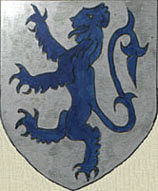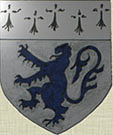SKELTON SCHOOL REPORT DATED 1868.
Peter Wright of Rotherham, South Yorkshire sent the following Skelton School Report dated 13th May 1868.
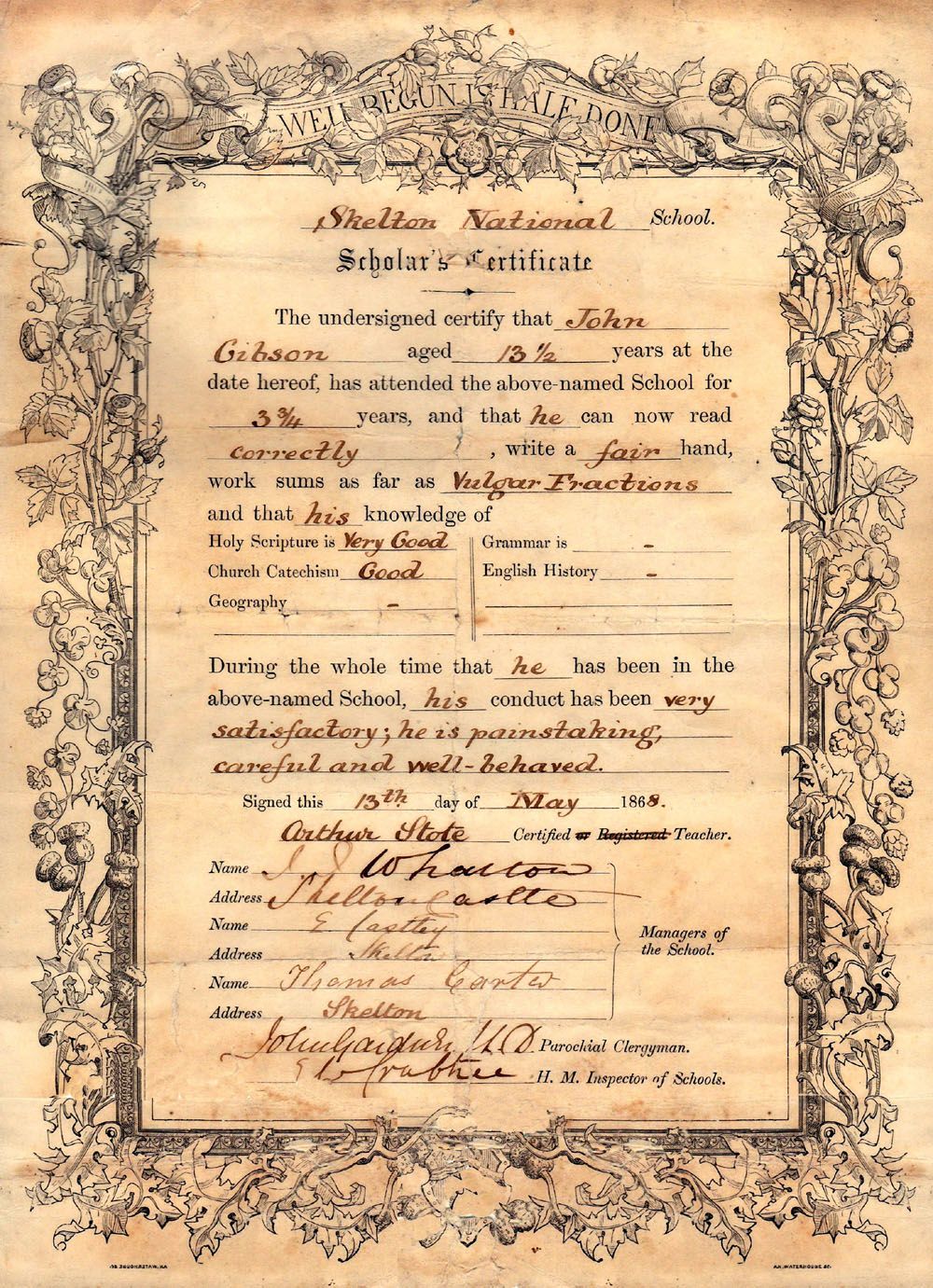
He found it in an old copy of Dickens' Pickwick Papers, that he bought at auction.
|
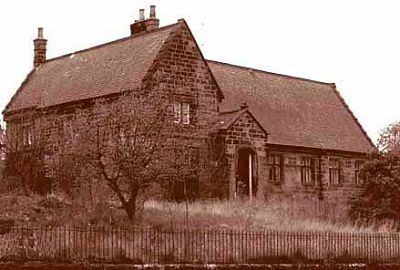
|
The pupil named in the report, John Gibson, attended the school shown here on South Terrace, Skelton Cross Green.
This was built in 1858 and was used later as the village Infants' School until well after the Second World War.
The report is signed by three School Managers.
The first is John Thomas Wharton, who was born in 1809 and was the Squire at Skelton Castle from 1843 until 1900.
He had been responsible for building this school in 1858.
The second name appears to be E Castley. People with this surname were living in Skelton earlier in the nineteenth century, but no trace yet found around this time.
The third manager is likely to be the Thomas Carter who is listed on the 1881 census and at that time was aged 74 and living at 30 High St Skelton. His occupation is given as Retired Grocer
and Property Owner.
The signature of the "Parochial clergyman" is that of John Gardner who was the vicar of Skelton from 1857 to 1886.
|
By urging John T Wharton into action and by the sale of Church land, he was largely responsible for the building of All Saints Church in the High St in 1884.
A John Gibson is on the 1881 census at 34 High St. Age is 25, which would be about right and occupation is Stone Mason.
But he is shown as a "visitor" and with a common name like this hard to prove a connection.
Schools run by Local Boards were not established until 1870.
Many lads of this age were working down the Mines and this pupil would have had richer parents than average, who could afford to pay the few pence for his education in the three Rs.
|
TIPPET'S CHAPEL. NEW
SKELTON.
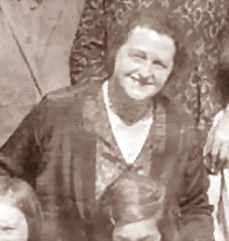 Miss Maud Tippet.
Miss Maud Tippet.
|
The following information is provided by Owen Rooks, a native
New Skeltoner, who has contributed a great deal to
this site in the past.
"As you know, I've delved into the Rooks family history.
I am sure you will be interested to hear that, about 4 weeks ago I was
contacted by a Mr Tom Rookes (with the e) of Exeter.
His son. Stephen, has been similarly researching and has sent his
father printed copies of the WW1 memorials from your
website.
Tom is convinced from his researches that our two families are
distantly related.
There does appear to be a link way back in about 1817 from the Rooks
family living in Danby at that time.
This contact re-ignited my genealogical enthusiasm, so I've been doing
some more serious research.
I had thought that my grandfather and his family had moved at some
stage in the late 1880's from No 1 Back Lane, Skelton
directly to No. 8 Thomas St New Skelton, which is where the family
resided until shortly after I was born there.
|
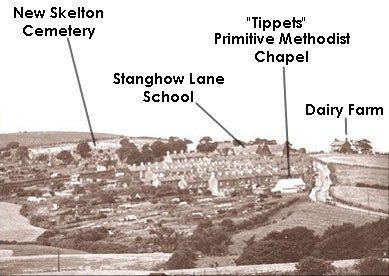 New Skelton.
New Skelton.
Like the building at North Skelton the Primitive Methodist chapel was a
corrugated iron structure.
The annex to the lower side was a Sunday School room.
|
Checking the 1891 census, I had expected to find them in
residence at No 8.
But no.... No 8 is enumerated in the 1891 census as having no occupants
and is listed as "8, Mission Room, Thomas Street,
Skelton"
So this is the house to which your website Page 54 1898-1899 refers as
the place where the Primitive Methodists worshipped
prior to "Miss Tippet's" chapel being constructed and opened for
business!
The Rooks family must have taken up residence between 1899 and 1901, as
they are listed there for the 1901 census and they were quite probably
the first occupants of that property.
Another piece of the jigsaw found!
Miss Tippet is one of three sisters shown in the 1901 census as living
with their father and mother at No 9 William Street.
Latterly the unmarried sisters continued to live together at No. 1
William Street.
I think it was Maud who was the sister who emerged as a leading light
in New Skelton's chapel society
The chapel was sited over the back lane from their house and she was
the one who gave rise to the epithet "Miss Tippet's chapel".
There were other families prominently involved with the running of the
chapel, but Miss Tippet organised the Sunday School
outings etc for the kids and young folk of the village and hence her
name was more widely known and recognised.
I'm attaching a picture of Miss Tippet taken from a photo of one of her
group outings some time in the 1930's.
|
| The Primitive Methodists, "The Ranters", broke away from the
Wesleyan Methodists in 1811 and separate churches were built
all over the country during the rest of the century. The Church at New
Skelton was built in 1898 and acquired the name
"Tippet's" in the early 1900's after Maud, who was aged 15 on the 1901
census. In 1931 the Primitives and the Wesleyans
rejoined as the United Methodists.
|
|
